Nonviolence to Animals, Earth, and Self in Asian Traditions
l like the accessible way this book is written. It focuses on a most important aspect of Eastern thought and demonstrates its relevance to our current community and individual lite in the modern West. At the same time it traces the history of nonviolence in the East in a way that has not been done before—Harold G. Coward, University of Victoria
This book probes the origins of the practice of nonviolence in early India and traces its path within the Jaina, Hindu, and Buddhist traditions, including its impact on East Asian Cultures. It then turns to a variety of contemporary issues relating to this topic such as: vegetarianism} animal and environmental protection, and the cultivation of religious tolerance.
"Usually the Jains are marginalized and seen as having only a minor role to play in the major religious movements of Buddhism and Hinduism. Chapple shifts the focus and gives evidence that the Jains set the pace for the "renouncer" practices of Buddhism and the Yoga, School. By placing the Jains prior to the other "renounces" groups, one has a new vision of the way in which ahimsa or nonviolence developed in India." Lewis Lancaster, University of A California, Berkeley.
Get it now and save 10%
BECOME A MEMBER

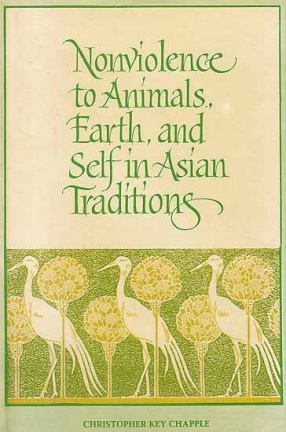

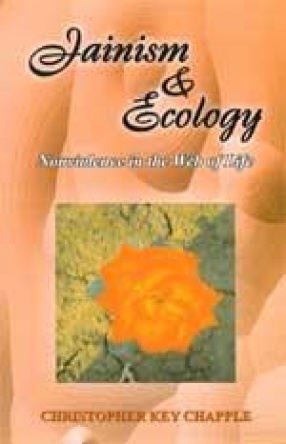
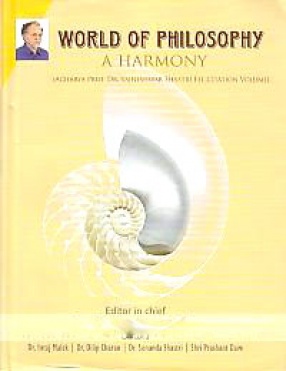
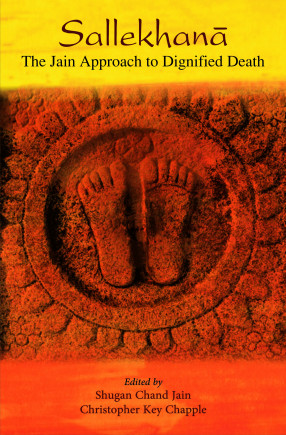



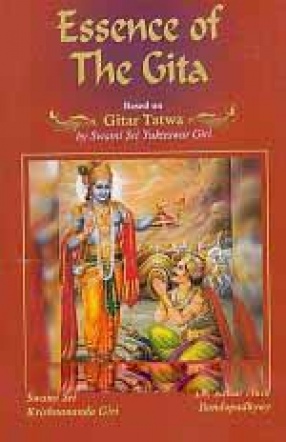

Bibliographic information